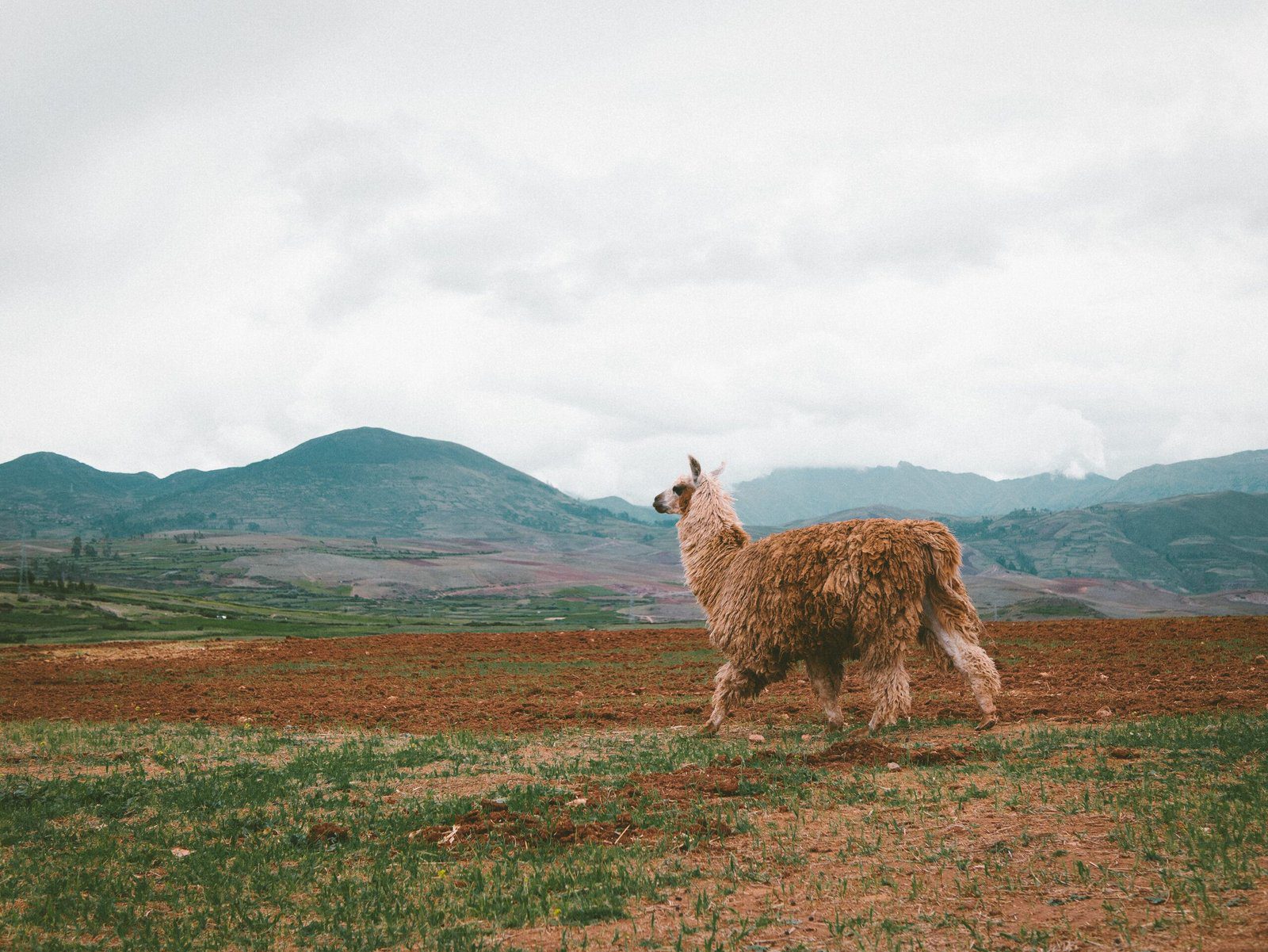Table of Contents
Imagine coming across a wild capybara while exploring the lush Amazon rainforest. As you gaze into its warm brown eyes and notice its gentle and relaxed demeanor, you can’t help but wonder, “Are wild capybaras friendly?” This article will uncover the intriguing nature of these intriguing creatures, shedding light on their sociable behavior and highlighting the reasons why humans and capybaras can coexist harmoniously in their natural habitat. Prepare to be captivated by the remarkable friendliness these adorable creatures exude.

Physical Characteristics of Wild Capybaras
Size and weight
Wild capybaras are the largest rodents in the world, typically reaching a size of 3 to 4.5 feet in length and weighing between 75 and 150 pounds. Despite their large size, they have a stocky build and short legs, which allows them to navigate their semi-aquatic habitats with ease.
Coat color and texture
The coat of wild capybaras can vary in color, ranging from reddish-brown to grayish-brown, with some individuals even exhibiting a yellowish or cream-colored coat. This variation in coloration helps them blend in with their surroundings, providing them with some camouflage against potential predators. Their fur is coarse and bristly, providing insulation and protection against the elements.
Distinctive features
One of the most distinctive features of wild capybaras is their large, barrel-shaped body that is uniquely adapted for their semi-aquatic lifestyle. Their eyes, ears, and nostrils are positioned high on their head, allowing them to keep an eye out for potential threats while mostly submerged in water. They also have long, sturdy teeth, including sharp incisors that they use for grazing on plant material.
Social Behavior of Wild Capybaras
Social structure
Wild capybaras are highly social animals, typically living in groups called herds or bands. These groups can range in size from a few individuals to over 100, although 10 to 20 is more common. Within these groups, there is a hierarchical structure, with an alpha male usually leading the herd. Female capybaras tend to form close-knit bonds and work together to protect their young.
Communication and vocalizations
Capybaras are known for their varied vocalizations, which they use to communicate with one another. These vocalizations include barks, clicks, whistles, and purrs. They also communicate through body language, such as ear and tail movements, as well as scent marking with their anal glands. These forms of communication help them coordinate group activities, establish territory, and warn others of potential dangers.
Group activities
Wild capybaras engage in various group activities, which strengthen social bonds and serve important ecological functions. They often engage in allo-grooming, where individuals groom each other, helping to maintain their coat and strengthen social bonds within the herd. They also engage in communal bathing, where they gather near water and take turns rolling in the mud or water, which helps regulate their body temperature and provides protection against parasites.

Feeding Habits and Diet of Wild Capybaras
Herbivorous diet
Capybaras are herbivores, primarily feeding on aquatic plants, grasses, and fruits. They have specialized teeth that allow them to efficiently graze on vegetation, using their sharp incisors to bite off plant material and their molars to grind it down. This herbivorous diet contributes to their crucial role as seed dispersers, as the undigested seeds are often expelled in their droppings, promoting plant growth and species diversity.
Foraging behavior
Wild capybaras are selective foragers, preferring tender shoots, leaves, and fruits. They are adept swimmers and will often submerge themselves partially in water to access aquatic vegetation. Capybaras also have an interesting behavior called “capybara cropping,” where they eat their own feces, a practice known as coprophagy. This allows them to extract further nutrients from partially digested food and aids in digestion.
Role in ecosystem
Capybaras play an essential role in their ecosystems as both consumers and facilitators of plant growth. Through their grazing habits, they can regulate plant populations and help maintain the health of wetland habitats. Their digestion and dispersal of seeds also contribute to the renewal and diversification of plant communities, which in turn provides food and habitat for a wide range of other species.
Reproduction and Family Life of Wild Capybaras
Mating rituals and seasonality
Wild capybaras typically mate during the rainy season, although the exact timing can vary depending on their location. Males engage in a series of courtship rituals to attract females, including vocalizations, scent marking, and physical displays such as nose-licking and nuzzling. Once a female is interested, she will allow the male to mount her for mating.
Gestation and birth
After a gestation period of approximately 150 days, the female will give birth to a litter of usually four to six young called “pups.” The pups are precocial, meaning they are born fully furred with their eyes open and are capable of walking shortly after birth. They rely on their mother’s milk for the first few weeks, after which they will start grazing on vegetation.
Parental care
Parental care in capybaras is primarily provided by the mother, who will nurse and protect her offspring. The pups stay close to their mother for several months and learn important social and survival skills from her and the other members of the herd. Female capybaras in the group often act cooperatively, looking out for each other’s young and providing communal protection against potential predators.

Interactions with Other Species
Predators and defense mechanisms
While wild capybaras can generally coexist peacefully with other species, they do face predation from a variety of predators. Their large size and herd behavior provide some protection against predators, but they also possess several defense mechanisms. Capybaras are excellent swimmers and will take refuge in water when threatened. They can also emit loud vocalizations to alert the herd of danger and flee into dense vegetation if necessary.
Relationships with other animals
Despite being large herbivores, wild capybaras have been observed to have positive relationships with other species. In some cases, capybaras have been known to share their burrows with other animals, such as birds and reptiles, providing a mutually beneficial symbiotic relationship. The birds benefit from the protection of the capybara’s presence, while the capybara benefits from the insect removal services provided by the birds.
Impact on local ecosystems
Capybaras have a significant impact on their local ecosystems. Through their grazing activities, they shape plant communities and help maintain the balance between vegetation and herbivores. Their mud wallowing behavior can also create small water holes that provide habitats for other species. Additionally, their dung contributes to nutrient cycling and fertilizes the soil, promoting the growth of plants and supporting a diverse range of organisms.
Human and Capybara Interaction
Historical hunting and domestication
Capybaras have long been hunted by humans for their meat, hide, and fat. In some regions, they are still hunted for subsistence purposes. However, there is also a long history of capybaras being kept as domesticated animals, particularly in South America, where they are valued for their docile nature and ability to be trained.
Capybaras as pets
Capybaras have gained popularity as pets in some parts of the world, although owning one requires significant dedication and knowledge of their care. Due to their social nature, it is recommended that pet capybaras are kept in pairs or small groups to meet their social needs. Additionally, they require access to water for swimming, a specialized diet, and ample space to roam.
Human-wild capybara conflicts
As human development encroaches upon natural habitats, conflicts between humans and wild capybaras can arise. Capybaras may damage crops or gardens while foraging for food, leading to frustration among farmers and landowners. Conversely, urban areas near capybara habitats may encounter issues where capybaras can damage property or pose a perceived threat to the safety of humans and pets. Developing solutions that prioritize coexistence and finding ways to mitigate these conflicts is crucial.
Attitudes towards Humans in the Wild
Approachability and curiosity
Wild capybaras are often characterized as approachable and curious animals. They may exhibit interest in humans and their activities, especially in areas where they have become habituated to human presence. Capybaras are known to approach people if they feel comfortable, particularly if they associate humans with a source of food or water.
Aggressiveness and territorial behavior
While wild capybaras are generally peaceful and non-aggressive, they can become territorial and display defensive behavior if they feel threatened or if their young are in danger. It is important to respect their personal space and avoid approaching them too closely, especially during sensitive times like mating or when young are present.
Factors influencing behavior
The behavior of wild capybaras can vary depending on numerous factors, such as the availability of food and water, the level of human interaction they have experienced, and the overall population density of capybaras in the area. It is essential to note that individuals may exhibit different behaviors, and caution should always be exercised when interacting with any wildlife species.
Safety Guidelines for Interacting with Wild Capybaras
Respecting their space
When encountering wild capybaras, it is crucial to respect their personal space and observe them from a distance. Approaching too closely can cause stress and potentially trigger defensive behaviors. It is recommended to maintain a distance of at least 50 feet and use binoculars or cameras with zoom lenses for close-up observations.
Avoiding direct contact
Capybaras may appear friendly, but it is important to remember that they are wild animals. Attempting to touch, feed, or tame them can create potentially dangerous situations for both humans and capybaras. It is best to appreciate them from a safe distance and allow them to continue with their natural behaviors undisturbed.
Proper waste disposal
Capybaras, like many animals, may be attracted to areas with readily available food sources. Proper waste disposal is crucial to prevent capybaras from developing a reliance on human-provided food, which can lead to unnatural behaviors and a loss of their wildlife instincts. Ensuring trash bins are secured and not leaving food waste accessible can help prevent unwanted interactions.
Conservation Status and Protection
Threats to wild capybara populations
While capybaras are abundant in many parts of their range, there are local threats that can impact their populations. Habitat loss due to deforestation, pollution of their aquatic habitats, and hunting for meat and hide continue to pose risks to certain populations. Additionally, climate change and the potential spread of diseases can also have adverse effects on capybara populations.
Conservation efforts and initiatives
Various conservation organizations and research institutions are actively involved in the conservation of capybaras and their habitats. These efforts include monitoring population sizes and distribution, promoting sustainable land-use practices, and conducting research to better understand the ecological role capybaras play in their respective ecosystems. Educational programs and community engagement efforts are also vital in raising awareness about the importance of capybaras and their conservation needs.
Legal protection and regulations
The legal protection of capybaras varies by country and region. In some areas, they are protected and regulated under wildlife protection laws, while in others, hunting is allowed with specific licenses and regulations. The enforcement of these legal protections and the establishment of protected areas can play a crucial role in safeguarding wild capybara populations and their habitats.
Conclusion
Wild capybaras possess an array of fascinating physical characteristics and exhibit complex social behaviors. They are important contributors to their ecosystems, shaping plant communities and providing food and habitat for numerous species. While there may be occasional conflicts between humans and capybaras, it is crucial to approach these interactions with respect and understanding, prioritizing coexistence and conservation. By appreciating the unique traits and contributions of wild capybaras, we can work towards ensuring their continued existence in the wild and the preservation of their habitats.

